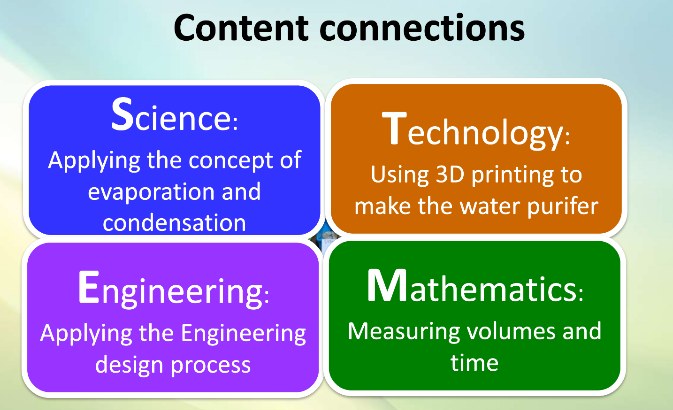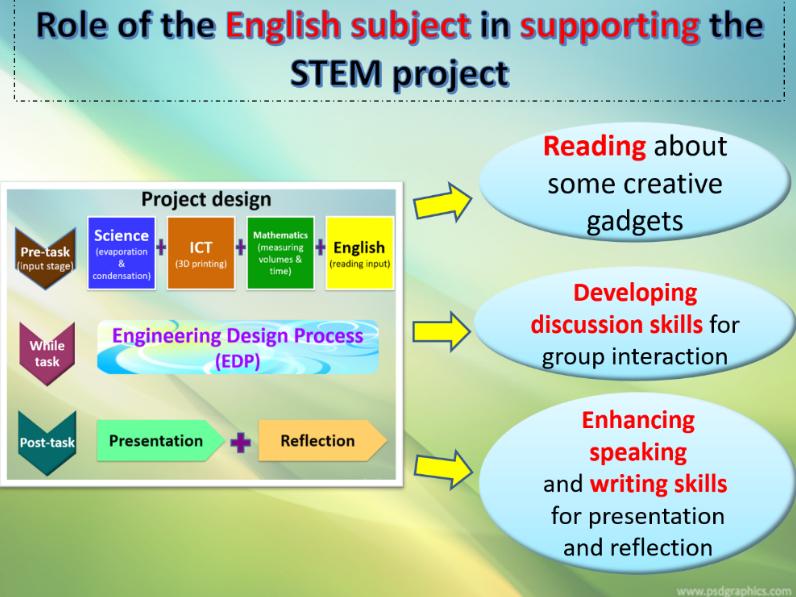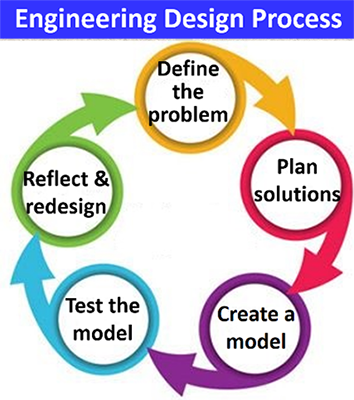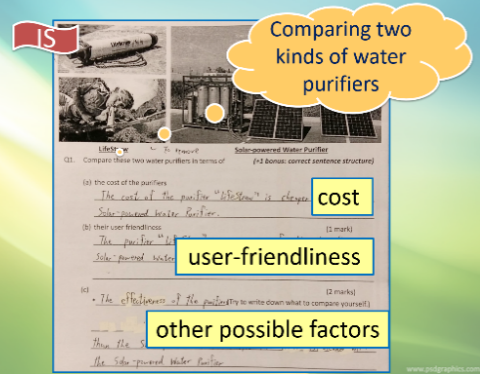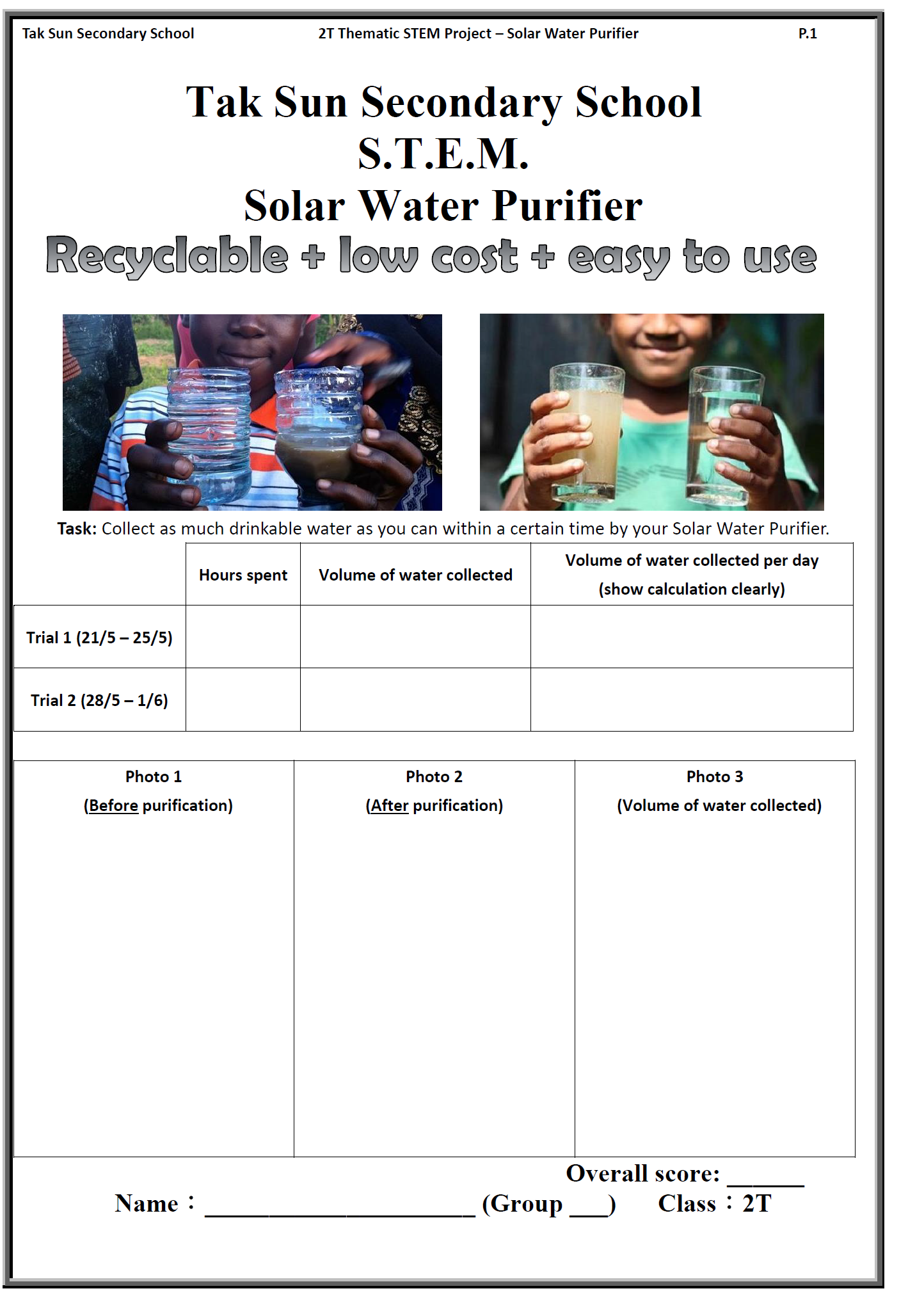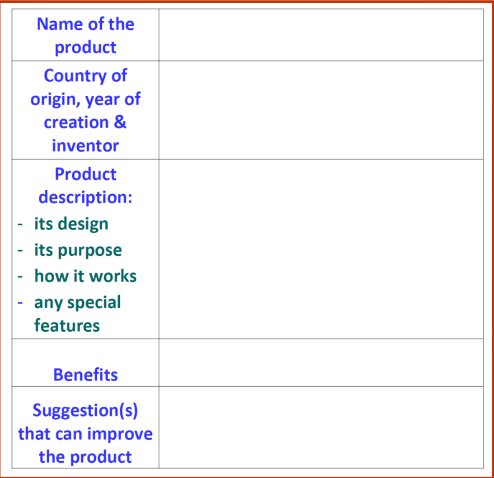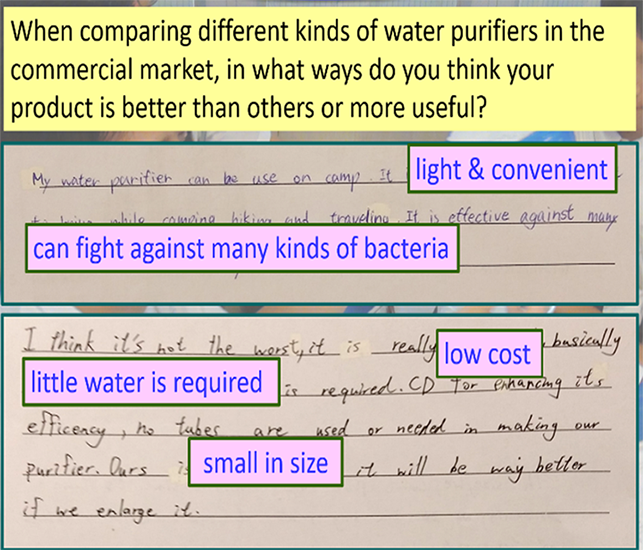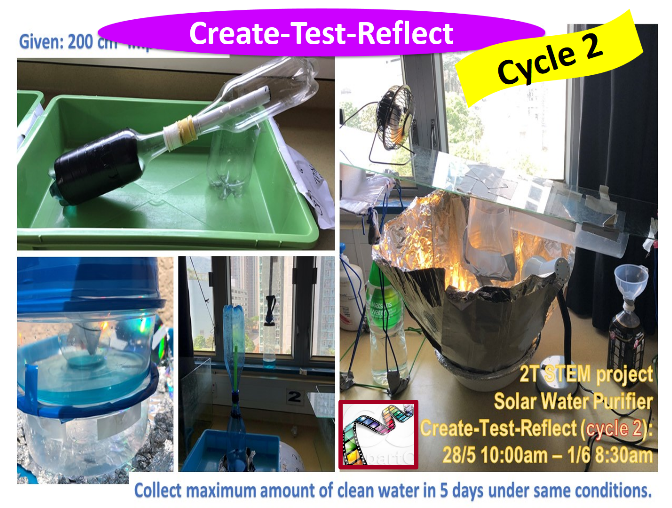Nurturing students' 21st century skills through integrating English into STEM education
Background
Maximising students' language exposure and developing their 21st century skills such as critical thinking, creativity and problem solving skills across different Key Learning Areas (KLAs) is one of the major concerns of Tak Sun Secondary School. English Language teachers collaborated with Integrated Science (IS) and Information and Communication Technology (ICT) teachers to develop a STEM (Science, Technology, Engineering, Mathematics) project on making a solar water purifier to raise students' environmental awareness. It is hoped that through engaging students in authentic and meaningful tasks, students' interest in learning English can be boosted and essential skills to cope with 21st century challenges can be nurtured.
Level
S2
Strategies used
|
|
|
|
|
|
What happened
To raise students' awareness of environmental protection, the importance of clean water to human lives in particular, a STEM project was devised for students to apply and integrate the knowledge and concepts learnt, and solve some real-world problems such as water pollution through designing a water purifier. Curriculum mapping among the themes on condensation and evaporation of Integrated Science, 3D printing and drawing of Information and Communication Technology and creative inventions of English Language was conducted to help increase students' exposure to related themes and language skills.
Stages 1 and 2: Define the problem and plan solutions
Teachers of Integrated Science, Information and Communication Technology and English Language adopted the first two stages of the EDP model to help students define subject-specific problems and plan for solutions, in which process they were able to grasp concepts related to water purification, gain generic skills as well as enhance their language awareness.
Subjects |
Problems and coping strategies |
Key learning elements |
Integrated Science and Information and Communication Technology |
Problem |
problem solving skills, critical thinking skills |
Information and Communication Technology |
Problem |
problem solving skills, critical thinking skills |
English Language |
Problem |
creativity, problem solving skills, critical thinking skills |
Stage 3: Create a model
With the problem identified and possible solutions proposed, students worked together in groups to create a prototype of the water purifier. While they had to take steps in designing the product in the Integrated Science lessons, they needed to produce the prototype with 3D printers in the Information and Communication Technology lessons.
Subjects |
Related activities/tasks |
Key learning elements |
Integrated Science |
Tasks |
problem solving skills, critical thinking skills, creativity, collaboration, communication |
Information and Communication Technology |
Tasks |
critical thinking skills, problem solving skills, collaboration, communication |
Stages 4 and 5: Test the model and redesign for improvement
Upon production of the prototype, students conducted two cycles of testing of the purifiers to identify areas for improvement in their designs. They also reflected on their learning experiences and presented their products in class.
Subjects |
Related activities/tasks |
Key learning elements |
Integrated Science |
Tasks |
perseverance, problem solving skills, critical thinking skills, collaboration, communication |
English Language |
Tasks |
communication, collaboration, self-reflection |
Impact
Student level
Students' language skills developed through engaging in an authentic STEM project
The STEM project provided ample opportunities for students to use English in an authentic context. During the process, students used English actively to read texts, write plans, discuss problems, design the steps through trial and testing, present their ideas and the final product systematically as well as evaluate their learning.
The post-project questionnaire findings showed that over 80% of the students thought that they could use English to hold discussions in groups and over 97% of the students reported that they could use English to write the steps of making the water purifier. Over 85% of the students reflected that they could use English actively for discussion and presenting ideas. The data revealed that students have broadened their use of English to serve different academic purposes authentically through engaging in the STEM project.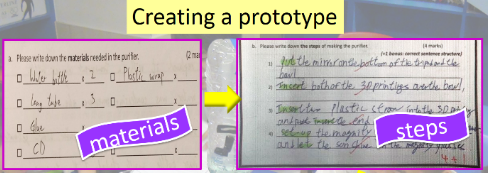
Students discussed the materials used and steps required for making the product.
21st century skills and positive values and attitudes cultivated
Students were actively engaged in a series of problem solving tasks while making the STEM product. During the process, students were able to do systematic planning; apply literacy skills to construct knowledge; identify problems; find possible and creative solutions through trial and error and evaluate their own learning.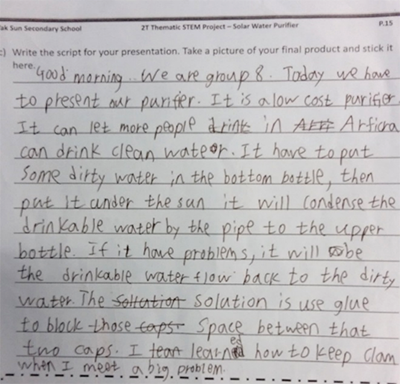
Student work showing the design and features of the water purifier
Over 90% of the students indicated in the post-project questionnaire that they learnt how to collaborate better with their classmates and think more critically when making the product. Over 80% of the students indicated that their creativity was nurtured while making the water purifier. In terms of the development of positive values and attitudes, over 91% of the students agreed that they learnt to be persistent and not to give up easily whereas about 94% of the students reflected that they learnt how to respect other people when working collaboratively with classmates. These encouraging findings indicated that students were equipped with the lifelong learning skills needed and have developed positive values and attitudes for coping with upcoming challenges and excelling in their future lives.

-
Students' learning motivation developed through cultivating a sense of ownership of learning
Teachers observed that students were highly engaged in the project as they were given autonomy to generate and organise ideas, explore different possibilities and use their imagination to create the product to solve problems. A stress-free environment provided opportunities for students to share ideas and give each other constructive feedback without anxiety and pressure. This not only helped deepen students' understanding of the relevant topics, but also developed their passion for exploration of new knowledge in the course of learning. Students have gained more confidence and courage to go beyond their comfort zone, apply the knowledge and skills learnt through trial and error, and accept the diversity among themselves. This helped prepare them as lifelong learners for their future studies and career.
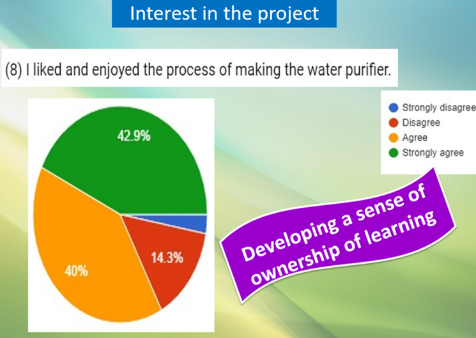

Students participated actively in the group work to discuss with peers how to design the product in a cost-effective and creative manner.
Teacher level
Infusing language elements into STEM education
To help students make connection between their learning in different subjects for the STEM activities, curriculum mapping was conducted to enhance cross-curricular collaboration. At the pre-project stage, some multimodal texts on creative gadgets were incorporated into the modular design to arouse students' interest in the topic and stimulate their creativity. At the while-project stage, to support students to communicate and collaborate in the STEM project, some key discussion skills were taught to help students talk about the aim, design and function of the STEM product, problems encountered and possible solutions. At the post-project stage, students introduced their final products to their classmates collaboratively and applied relevant language skills for an effective presentation. The English Language teachers used a framework for product review to guide students to present systematically. Through such systematic planning and mapping, students could apply their literacy skills in a real-life situation with the knowledge and concepts acquired in different KLAs.Cross-subject collaboration enhanced
The STEM project provided a platform for inter-departmental collaboration among teachers of Integrated Science, Information and Communication Technology and English Language. The English Language teachers learnt how to develop students' literacy skills through integrating English Language elements into the STEM project, whereas the content subject teachers have become more aware of utilising English to support students in the construction of knowledge and concepts and applying them in real-life situations.Teachers assumed new roles from being an instructor to a facilitator
In the past, both content subject and English Language teachers played the role of instructors and content providers in learning and teaching. Through this STEM project, they have experienced a conceptual change from "delivering learning" to "enabling learning to happen". Teachers became facilitators and mentors, guiding students to construct and apply the knowledge and skills through a series of problem solving tasks during the EDP. As facilitators, teachers created a stress-free and authentic learning environment to encourage students' active participation, promote mutual understanding and learning through trial and error and cultivate shared responsibility. Through engaging students in the experiential learning process, teachers were able to equip them with a solid foundation of generic skills such as critical thinking, problem solving, collaboration and creativity.
Facilitating factors
Clear school development goal and implementation plan
The school has a strong dedication to implementing Language across the Curriculum and Reading across the Curriculum in the past years to develop students' ability to learn and use English confidently in different KLAs. To further stretch students' ability and equip them with 21st century skills, the principal and vice-principal showed strong support to the project by giving autonomy to the panel heads of different subjects to adapt the school curriculum. In addition, they created space for the implementation of the project through rescheduling the timetable of Information and Communication Technology and Integrated Science. This allowed teachers of different KLAs to try out different innovative strategies to increase students' language exposure both inside and outside the classroom.Cultivation of a learning culture among the teacher team
Teachers of different subjects in the project were willing to go beyond their comfort zone to try out innovative ideas and explore a wide repertoire of strategies in the EDP model to broaden students' knowledge base and experiences beyond classroom learning. In addition, they developed an intra-school learning community to share the difficulties encountered, exchange ideas and experiences and explore effective ways to maximise students' opportunities to use English to learn the subject knowledge and skills.Strategic and systematic planning
Knowing the fact that it was the first time the school has integrated English into STEM education, the officer and teachers made early planning in the first term by researching on the topic, mapping the curricula of different KLAs and exploring innovative and practical strategies such as adopting the EDP model. This certainly helped smoothen the implementation of the project.
Conclusion
The concerted effort made by language teachers and content subject teachers of different KLAs created a good opportunity to broaden students' knowledge, skills and strategies and provide meaningful learning experiences for them to apply their learning in an integrative manner, thus preparing them for future challenges of work and study.
Bibliography
Curriculum Development Council. (2017). English Language Education Key Learning Area Curriculum Guide (Primary 1 – Secondary 6). Hong Kong: Author.
DeBoer, G., Carman, E. & Lazzaro, C. (2010). The Role of Language Arts in a Successful STEM Education Program. Retrieved from: https://files.eric.ed.gov/fulltext/ED563458.pdf
Gifted Education Section, Curriculum Development Council. (2017). Enhancing Thinking Skills in Science Context. Hong Kong: Author.
Jolly, A. (2016). STEM by Design: Strategies and Activities for Grades 4-8. New York: Routledge/Middle Web.
Tak Sun Secondary School
Shirley LEUNG (Language Support Officer)
